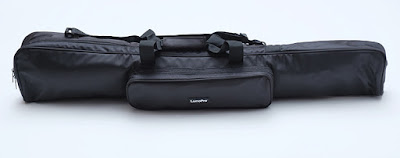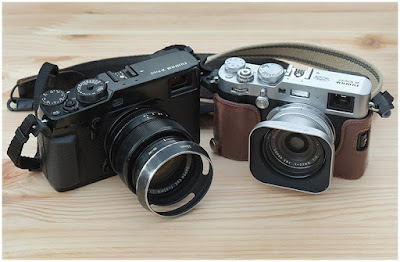There is no perfect camera. Get that idea out of your head right now. Every camera is a compromise. Size, speed, image quality, low-light performance, price, etc., can be features or liabilities. As you start to rank your priorities, the universe of appropriate cameras will narrow itself for you: • If you value best-possible image quality above all, sell your car/house/kidney and buy a digital medium format camera. Or go back to film and shoot large format. • If you need long/fast glass and/or very high speed (sports, nature, etc.) that'll send you towards Nikon, Canon or (lately) Sony and a super-telephoto lens. • If you shoot portraits, speed and high ISO performance might not matter as much as gorgeous color. • If you travel frequently, you'll likely put a premium on your cameras being small and lightweight, with good low-light performance. • If you are following a toddler around the living room, continuous autofocus performance may trump price. (Or maybe you're just fee









